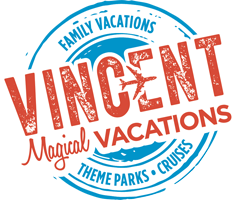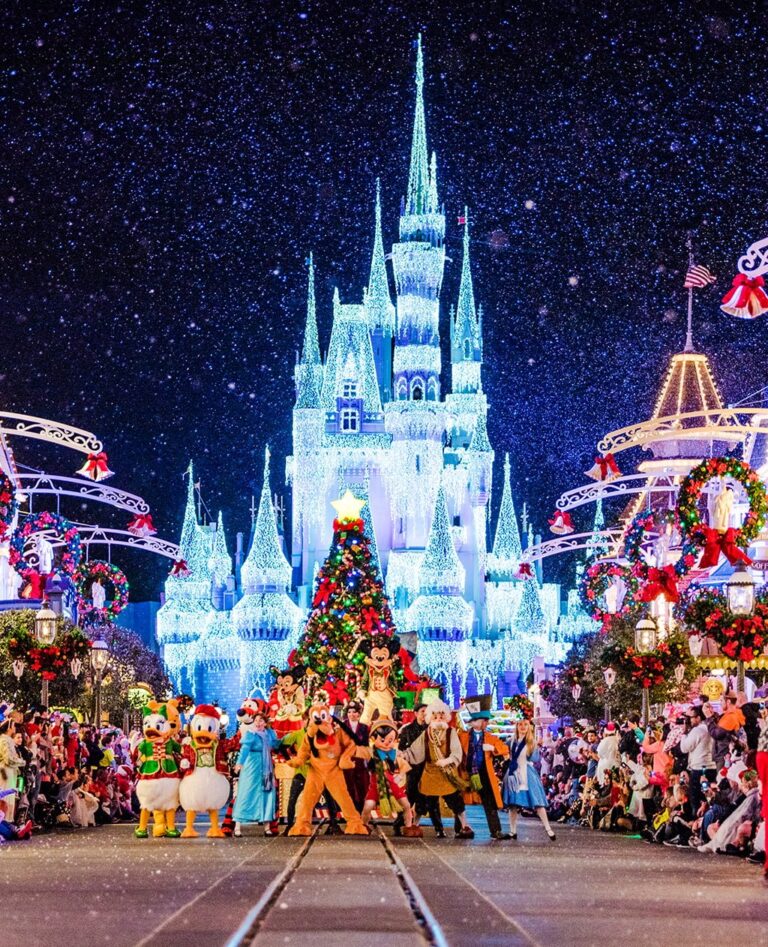We recognize that Disney vacations are not just an investment, but often the highlights of our lives, and we take that responsibility seriously. We want to ensure you have the best vacation experience.
Interested in a job in travel? Click here to learn: How to Become a Disney Travel Agent
Overview
Introduction

Carmel, California, is the kind of place where a person might hand you a poem in the street. It's where at dawn you can get a strong cup of coffee in hand and take a long walk down the beach. You can learn anything you want about dogs, have an authentic Ayurvedic massage and watch the setting sun go flat as a disc on the ocean horizon, then turn around and observe waterfowl leaving skims of silver wake on the Carmel River before daylight disappears.
At night you can stay up late singing to a crowd at Clint Eastwood's Mission Ranch piano bar, catch a new play in a small theater, cuddle around a beach campfire and stroll back to your hotel along sleepy streets under the stars. You can spend a lot of money in glitzy boutique stores or spend very little at Point Lobos State Nature Reserve.
A place of romance, beauty and culture, Carmel was developed in the early 20th century by artists, poets and visionaries, and its residents have retained its friendly, small-town, sophisticated character. You might even be inspired to write your own verse—and share it back.
Carmel is located at the southern end of Monterey Peninsula, just a few miles/kilometers south of Monterey. The town's refreshingly calm atmosphere results, in part, from strict zoning laws that ban neon, traffic lights and other trappings of urban development. The town also seems to have banned empty parking spaces: Expect to spend some time searching for one.
The residential district has no sidewalks or streetlights, and there is no mail delivery. Homes are known by their names rather than addresses. Carmel received a lot of press in the mid-1980s when Clint Eastwood was its mayor.
Must See or Do
Sights—Tor House; 17-Mile Drive; Carmel-by-the-Sea Village; Carmel Mission.
Memorable Meals—Grasing's Coastal Cuisine; Aubergine; Flying Fish Grill; Casanova; Anton and Michel; Pacific's Edge.
Late Night—Pacific Repertory Theatre; Mission Ranch piano bar; live jazz and acoustic music in village restaurants; a late dinner at Dametra Cafe.
Walks—Carmel Beach City Park; Point Lobos State Natural Reserve; Carmel River State Beach; Ocean Avenue.
Geography
Carmel lies immediately south of Monterey, separated by the hilly Monterey Peninsula. The southern half of the peninsula is famous for the 17-Mile Drive, which loops through the Pebble Beach golf course and along the rugged shore, past Seal Rock and the much-photographed Cypress Point.
To the south of Carmel lies the diverse wildlife habitat of Point Lobos. Beyond, the dramatical coast of Big Sur lures visitors along one of the most scenic coastal highways in the U.S., Highway 1.
The town itself is actually a village laid out in a neat grid that slopes downhill to Carmel Beach City Park and Carmel River Beach, where waves crash ashore at the southern end of Carmel Bay. Carmel lies to the west of Highway 1. East of the highway, Carmel Valley Road leads through the eponymous valley where deluxe spa hotels and ranches enjoy bucolic settings. Carmel Mission, which gave rise to the town's name, is just outside the entrance to the valley.
History
The first Native Americans who lived in the Carmel area were Esslen. Around the sixth century, the Ohlone people came and drove them south to what is now Big Sur.
The first Europeans to land on present-day Carmel arrived during an expedition led by Sebastian Vizcaino, a Carmelite monk, in 1602. He named the Carmel Valley for his patron saint, Our Lady of Mount Carmel.
The town of Carmel evolved around Mission San Carlos Borromeo del Rio Carmelo, founded by Father Junipero Serra in 1770 in Monterey, and moved to the north bank of the Rio Carmelo in 1771. Although Carmel was the second of 21 Spanish missions established in California, it was Serra's favorite. He died there in 1784 and is buried beneath the church floor at the foot of the altar.
In 1775, nearby Monterey was named the capital of Spanish California. That year, Serra enforced virtual enslavement of indigenous peoples, to be converted to Christianity. Some 4,000 indigenous people were converted between 1770 and 1836. Most died of European diseases, malnutrition and overwork.
In 1821, the region became part of Mexican territory upon Mexico's independence from Spain. In 1848, Mexico ceded Carmel to the U.S. following the Mexican-American War. The area that was to become Carmel was called Rancho Las Manzanitas. In the 1950s, Honore Escolle, a French businessman bought the land.
In 1905, the Carmel Arts and Craft Club was formed. The earthquake in San Francisco the following year sent a huge influx of artists, writers and musicians to the area. The new residents could get a home lot for a US$10 down payment with little or no interest. They were allowed to pay whatever they could monthly.
By the mid-19th century, the town evolved as a gathering place for artists and other bohemians. It has continued to draw creative people, including such luminaries as writers Sinclair Lewis, Jack London and Robert Louis Stevenson, and photographers Ansel Adams and Edward Weston.
Resident actor Clint Eastwood served as mayor for one term 1986-88, bringing newfound celebrity to the town. Carmel remains a community of artists and intellectuals, but also has a strong golfing and retiree presence.
Potpourri
Sea lions vie for resting space on the offshore rocks at Point Lobos State Nature Reserve. Hearing them honk, trumpet, bark or roar, it's no surprise that a baby sea lion pup can find its mother in the crowd just by listening for her distinctive sounds.
Carmel protects its unique atmosphere through zoning laws that retain its "village in a forest" character. A live music ban was lifted in 2006, giving energy back to the town's nightlife.
Clint Eastwood was paid only US$200 a month when he served as mayor of Carmel. Inspired to run on a campaign against city bureaucracy, he was elected with 72.5% of the vote.
To this day, Carmel cottages don't have street numbers (and mail is picked up at the central post office). Many of them have nicknames such as "Sea Urchin" or "Periwinkle," and it's considered bad luck to change the name of one.
Carmel is so pooch-friendly that Carmel Beach City Park allows well-behaved canines to enjoy their freedom off-leash, and shops and restaurants offer dog menus and treats. Doris Day, the former Hollywood starlet, was a major force behind the city's pro-pooch stance. Her hotel, Cypress Inn, offers lodging for serious dog lovers, and proceeds from profits still go to canine charities. The city itself spends about US$10,000 per year on "Mutt Mitts" for people to pick up after their dogs.
Town ordinances ban heels higher than 2 in/5 cm on public streets as well as neon signs and fast-food joints. If you must don those heels, permits are available at the town hall.
Location
There is no cruise port near Carmel; however, there is a small passenger port at Old Fisherman's Wharf in nearby Monterey. This dock was once a lively commercial hub for sardines, but is now a tourist district with shops and restaurants. From the wharf, passengers can take glass-bottom boat tours, go sailing, deep-sea fishing or go on seasonal whale-watching excursions. Phone 831-649-6544. http://www.montereywharf.com.
The nearest cruise port to Carmel is located in San Francisco, which is about 120 mi/190 km north up the coast. https://sfport.com/cruise.

































